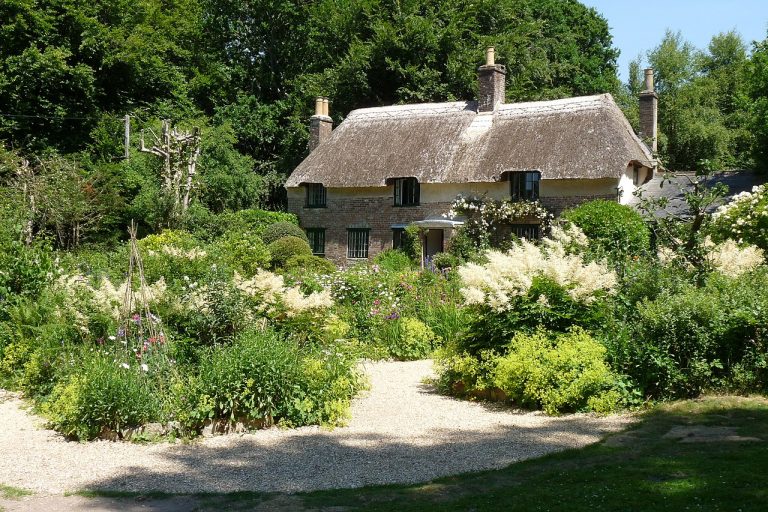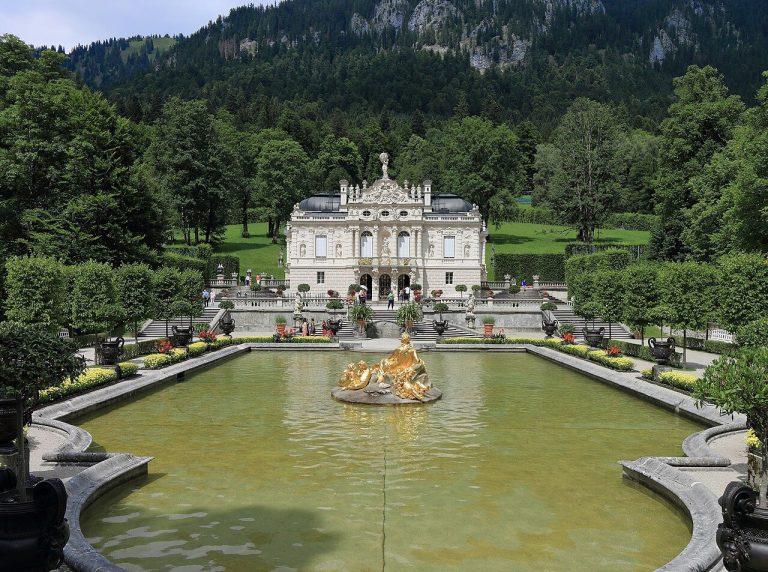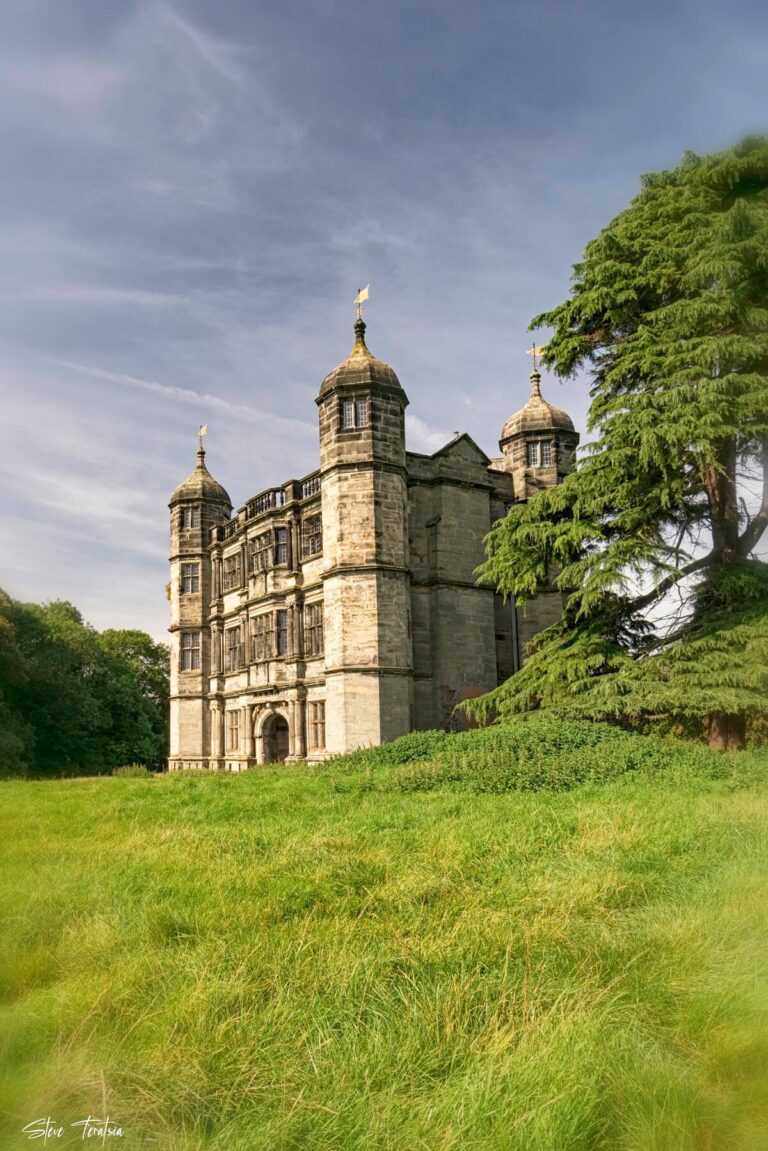The Grand Palaces and Castles of Empress Elisabeth of Austria
Empress Elisabeth of Austria and Queen of Hungary, also known as Sisi, is one of the most famous women that has ever lived. At just sixteen, Elisabeth married Emperor Franz Joseph I of Austria, and she moved from Bavaria in Germany, where she grew up, to the imperial court in Vienna.
Court life with its strict protocols was difficult for the independent and strong-willed Elisabeth. But Kaiserin Elisabeth was extremely popular with the people of Austria and Hungary.
Sisi was a keen traveler and she lived and stayed in several grand palaces and castles in Europe. In Austria she lived in several palaces, from the strict court life at the Hofburg in Vienna to her “Palace of Dreams” in the imperial hunting grounds just outside Vienna.
But she also lived outside Austria. As Queen of Hungary she was gifted a palace that she often stayed in but she also had a home on Corfu in Greece.
Many of these grand palaces and castles that Empress Elisabeth lived in are now open to the public. Step back in time and explore the luxurious life of the Habsburgs by visiting the beautiful palaces and castles of Empress Elisabeth.
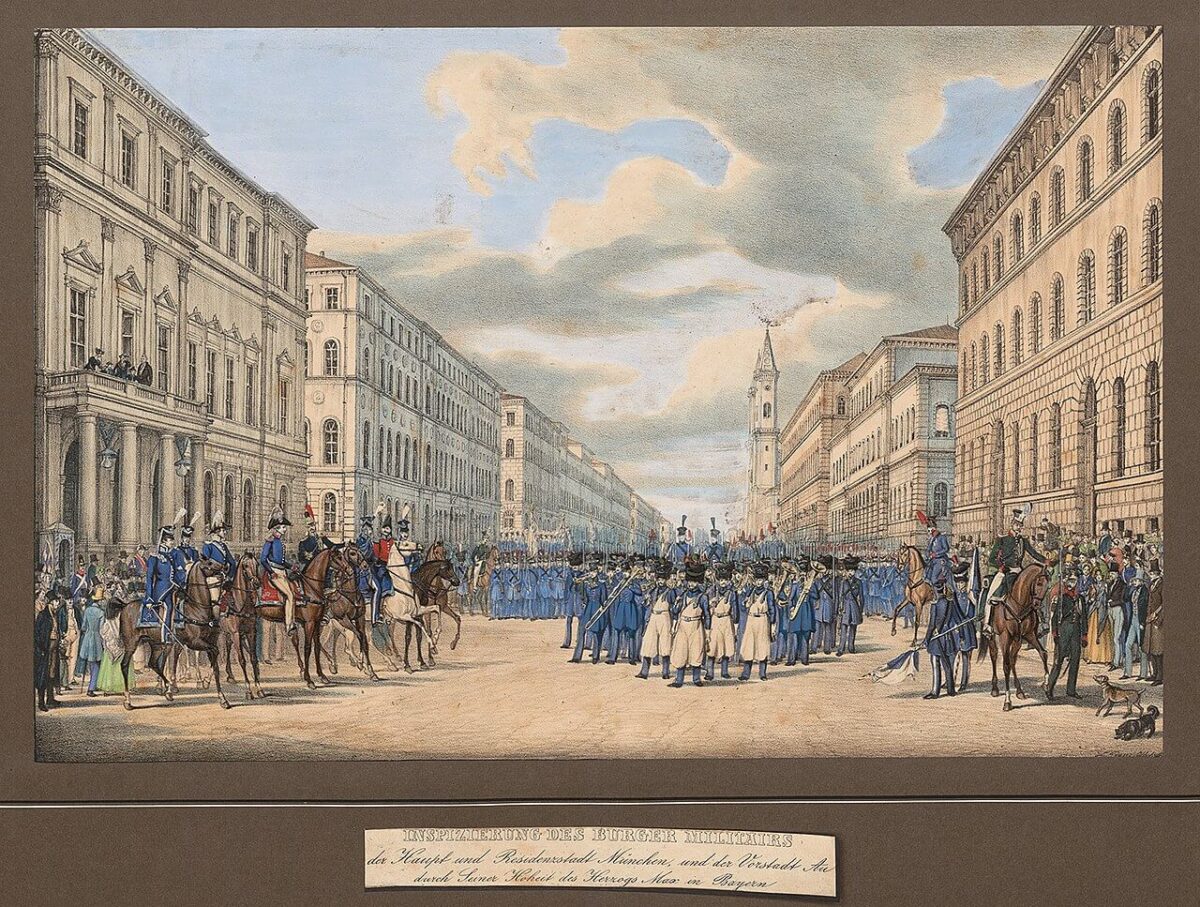
Empress Elisabeth’s Birth House: Herzog Max Palais
Empress Elisabeth was born Elisabeth Amalie Eugenie in December 1837. Elisabeth, or Sisi, was born into the Bavarian House of Wittelsbach. The House of Wittelsbach is a former German dynasty that ruled over several parts of Europe, from Bavaria to Sweden. Elisabeth was born as Duchess in Bavaria, a junior branch of the royal House of Wittelsbach who were Kings of Bavaria.
Elisabeth was born in the Herzog-Max-Palais in Munich. This neoclassical city palace was designed by Leo von Klenze for Duke Max Joseph in Bavaria, the father of Elisabeth and the brother-in-law of King Ludwig I.
In 1937, the palace was sadly destroyed by the National Socialists to widen the street.
Fun fact: The House of Windsor, which is now the reigning royal house in the United Kingdom with King Charles III as its head, is a descendant of Sophia of Hanover who was a Wittelsbach Princess.

Elisabeth’s Childhood Home: Possenhofen Castle
In 1834, the father of Empress Elisabeth bought Possenhofen Castle. The castle is located in the town of Possenhofen on the western shore of Lake Starnberg in Bavaria. The castle was the seat of the Dukes in Bavaria and the childhood home of Sissi. The castle was mainly used in the summertime when Elisabeth and her family used Schloss Possenhofen as their holiday home.
In the early 20th century, the castle was sold by Duke Luitpold Emanuel in Bavaria. After that, the castle had several functions including as a children’s home and a hospital.
The castle is not open to visitors though it can be viewed from the public road. Another reason to visit Possenhofen is the Kaiserin Elisabeth Museum that is located in the Possenhofen railway station building.
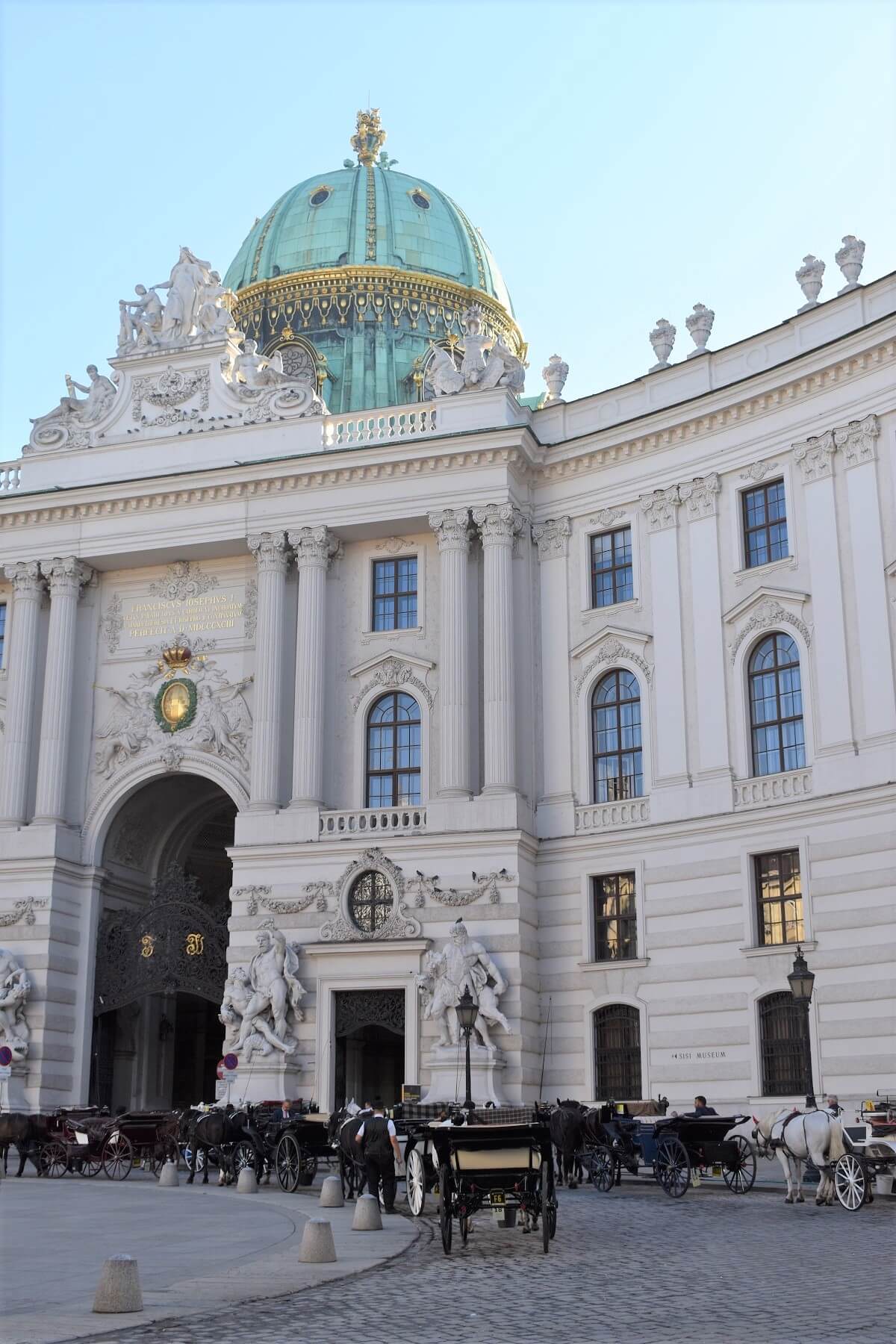
Hofburg
At the time of Empress Sisi, the Hofburg was the principal imperial palace of the Habsburg dynasty. The palace is located in the center of Vienna and was also used as the Winter residence of the imperial family. Schönbrunn Palace just outside of Vienna served as the Summer residence of the Habsburgs.
The Hofburg was built in the 13th century but it has been expanded over the centuries into a grand palace that spans much of the inner city of Vienna. The Hofburg Palace consists of residences, including the Imperial Apartments where Sisi lived and the Albertina which is now an art museum. But the Hofburg also houses a chapel, the imperial library, the Burgtheater, and the Spanish Riding School.
The Imperial Apartments, home of Kaiserin Sissi and Kaiser Franz Joseph I, are located in the St. Michael’s Wing. This wing also houses the Sisi Museum and the Silver Collection which can be visited together with the Imperial Apartments.
The apartments and museum showcase many personal items and information about Empress Sisi and Franz Joseph. It’s a great insight into the life of Sisi at Hofburg Palace. Visit the website for opening times.
Fun fact: Marie Antoinette, Queen of France was also born at the Hofburg Palace. See also: Visit the Lavish Palaces of Marie Antoinette: Last Queen of France
See also: The Best Palaces and Castles near Vienna

Schönbrunn Palace
Schönbrunn Palace was the summer residence of the Habsburg dynasty. The grand palace is located just outside Vienna and is surrounded by a grand park.
Schönbrunn was built in the 17th century by Emperor Leopold I as a hunting lodge for his son, the future Emperor Joseph I. The hunting lodge grew into a large palatial imperial residence in the 18th century.
During the reign of Maria Theresa, the Rococo palace became the official Summer residence of the Habsburgs and because of that it became the focus of court life.
Schloss Schönbrunn has 1441 rooms and 40 of them are open to the public. These 40 rooms include the private apartments of Emperor Franz Joseph and Empress Elisabeth.

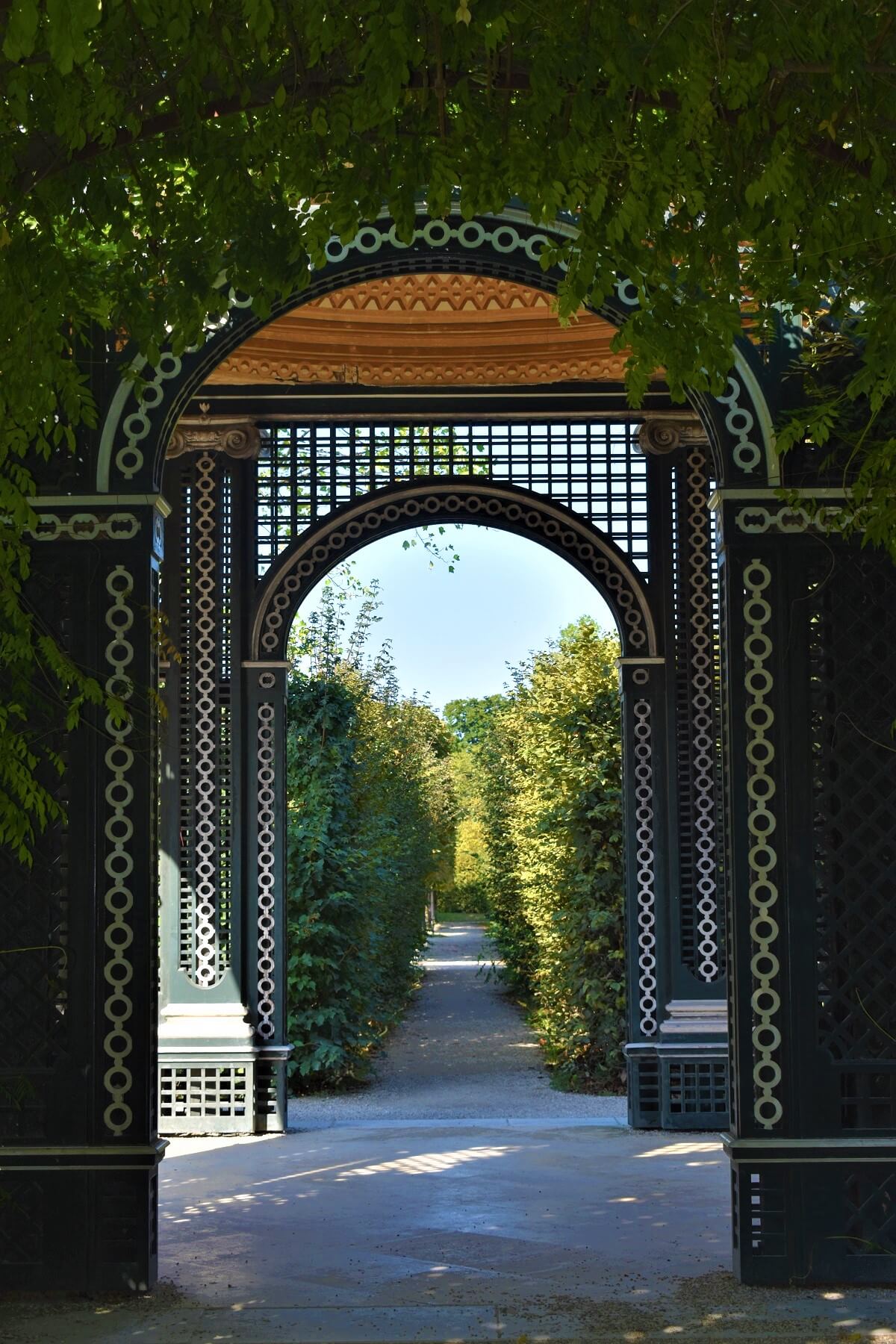
However, the palace has much more to offer than just the rooms of Sissi. You can also view the 18th century interiors that were designed during Maria Theresa’s reign and the grounds are extensive with several gardens, the Gloriette, a maze, a Palm House, a vineyard, and a zoo.
The Palace and the park are open daily. The gardens, maze, and Gloriette are open from May till November. Visit the website for more information.

The Hermesvilla
Outside Vienna lies the Lainzer Tiergarten, the former imperial hunting grounds. In this park, you will find the Hermesvilla, a palace that was built and gifted to Elisabeth by Emperor Franz Joseph. Franz Joseph gifted the palace to Elisabeth in the hope that she would spend more time in Vienna.
Empress Elisabeth nicknamed the villa as the “Palace of Dreams” and Elisabeth and Franz Joseph usually spent time there in the late springtime. The Hermesvilla is a more informal residence for the Imperial couple and today the palace still houses many personal items, photographs, and documents from the couple.

The name Hermesvilla comes from the statue of “Hermes as Guardian” that stands in the garden. The interiors of the villa are splendid and include work by Ernst and Gustav Klimt, Hugo Charlemont, and Franz Matsch.
The Hermesvilla is a great day trip from Vienna for everyone who loves Sisi, art, culture, and nature. Visit the website for opening times.

Kaiservilla in Bad Ischl
The Kaiservilla in Upper Austria was a favorite summer residence of Franz Joseph I and Elisabeth. The Imperial Villa in Bad Ischl, as the palace is also called, was bought by Archduchess Sophie (the mother of Franz Joseph) as a wedding present. Franz Joseph and Elisabeth also got engaged in Ischl.
Not long after they were gifted the palace they started to remodel and extend the home. The new palace was built in the shape of the letter E of Elisabeth. The grounds were also remodeled and in the grounds, Franz Joseph built a 16th-century Elizabethan-style cottage for Elisabeth.

The palace is not the home of the great grandson of Franz Joseph and Elisabeth: Archduke Markus Emanuel Salvator. The palace is open daily from April to October and selected days in the remaining months. Visit the website for current opening times.

Royal Palace of Gödöllö
The Royal Palace of Gödöllö in Hungary was one of the favorite palaces of Elisabeth. Elisabeth was not only Empress of Austria but also Queen of Hungary after the Austro-Hungarion Compromise of 1867. The Palace of Gödöllö was gifted to the couple as a coronation present.
The Palace was built in the 18th century by Count Antal Grassalkovich I, a confidant of Empress Maria Theresa. Queen Elisabeth loved staying in Gödöllö and her fourth child was born in Hungary.
‘Here you can get a bit of peace, no relatives, no-one bothering you, whilst there, in Vienna, there’s the whole imperial crowd! There’s nothing to annoy or constrain me here, I can live like in a village, and I can walk or ride out on my own!’
Elisabeth’s letter to her mother

Queen Elisabeth spent more than 7 years in Hungary, mainly in Buda and Gödöllö. There are more than 40 monuments and established 100 memorial gardens and groves in the country dedicated to Elisabeth.
The permanent exhibition at the castle tells you more about the castle and its residents from its construction to the Second World War. But a tour of the castle also includes the Baroque theatre, the stables, and the park. Visit the website for opening times.

Achilleion
After the death of her only son, Crown Prince Rudolf of Austria, in the famous Mayerling incident, Elisabeth fell into a deep depression. Austrian consul Alexander von Warsberg, suggested that a new summer palace for Elisabeth should be built.
Achilleion is a palace at Gastouri, a village just south of the city of Corfu. The palace is designed in the style of an ancient Greek temple with columns, marble floors, and frescoed walls. The name of the palace is a nod to the Greek hero Achilles.
The grand feature of the palace is the Hall of Goddesses: a salon decorated with frescoes that show scened from Greek mythology. German sculptor Ernst Herter designed several sculptures inspired by Greek mythology for the gardens.
In 1907, German Kaiser Wilhelm II bought Achilleion and used the palace as a summer residence and it in these times the palace was also visited by the Greek royal family. The palace now houses the Achilleion Museum of Corfu.
Laxenburg Castles
The Laxenburg Castles are two castles just south of Vienna. The imperial palaces have been owned by the Habsburgs since 1333 and were mainly used as a summer residence together with Schönbrunn Palace.
The Old Laxenburg Castle was extended in the 17th century and in 1745 the Blauer Hof or Neues Schloss was built during the reign of Maria Theresa. The Blauer Hof was the birthplace of several members of the imperial family including Crown Prince Rudolf, the only son of Elisabeth and Franz Joseph, and Archduchess Gisela of Austria.
You can only visit the Laxenburg Park however close to the castle stands Franzensburg, a medieval-style castle that is now a museum. Visit the website for opening times.

Miramare Castle
Miramare Castle is a 19th century castle on the Gulf of Trieste in northeastern Italy. The castle was built by Archduke Ferdinand Maximilian (the younger brother of Franz Joseph) and his wife Charlotte of Belgium.
After the death of Maximilian, the castle was used by the Habsburgs. Elisabeth is reported to have stayed here multiple times between 1869 and 1896.

The castle is now open as a museum showing Maximillian and Charlotte’s chambers, guest rooms, and the Duke of Amedeo of Aosta’s apartment. All the furniture, ornaments, and objects that are on display are original. Visit the website for opening times.
